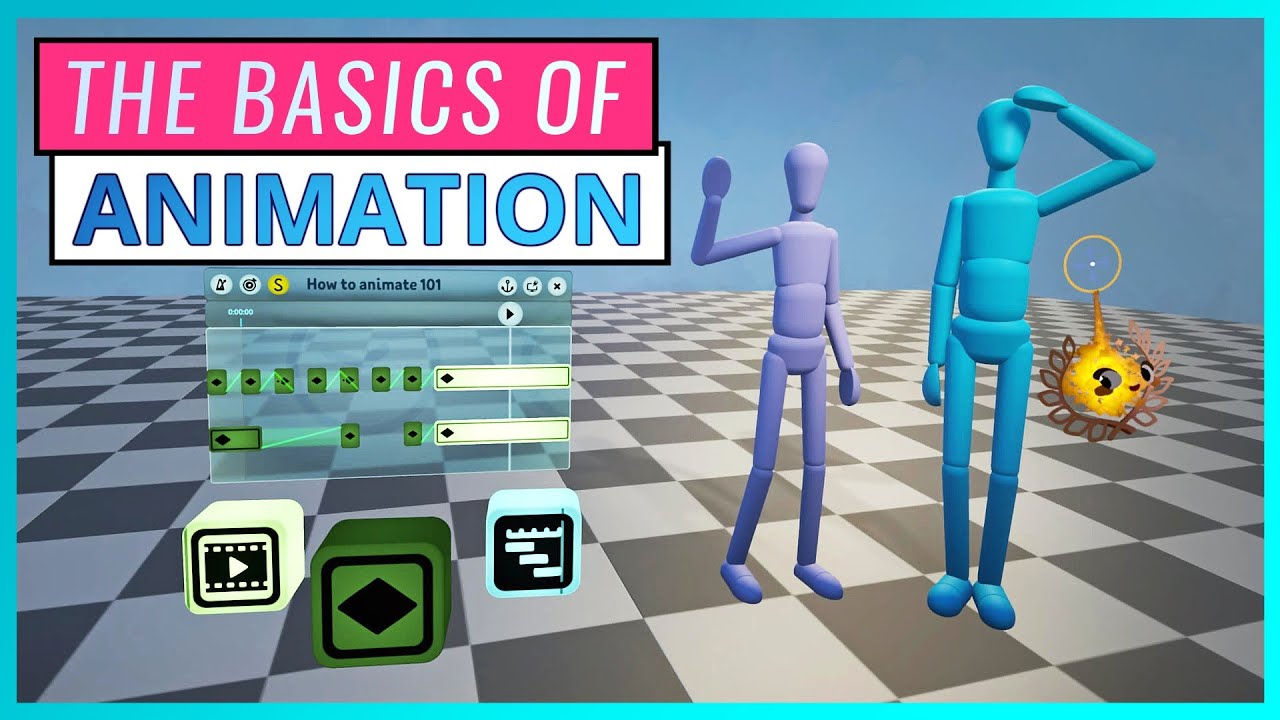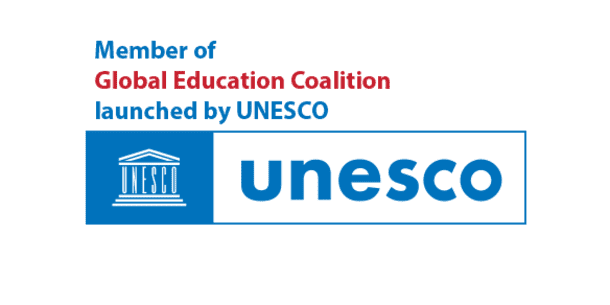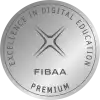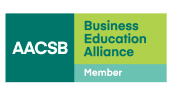
Animation Basics
The Animation Basics course is designed to introduce learners to the fundamental principles and techniques of animation. This course covers the essential aspects of creating both traditional and digital animations, including understanding movement, timing, storytelling, and character design. Participants will learn how to bring their ideas to life through animated sequences, using various tools and software.
Overview

Animation Basics
Course Learning Objectives
This animation basics course is an introduction to the fundamental principles and techniques of animation.
Students will learn the basics of animation theory, including the 12 basic principles of animation, storyboarding, character design, and timing. They will also gain hands-on experience with industry-standard software to create their own animated sequences.
Course Learning Objectives (CLOs):
By the end of this course, students will be able to:
Student Learning Outcomes (SLOs):
Upon completing this course, students will be able to:
Course Outline:
Introduction to animation software
Storyboarding for animation
Students will create a final animation project incorporating skills learned throughout the course.
Note: This is just a sample outline and may vary depending on the specific course or instructor.

Benefits
With AI, the world is your oyster! It is an emerging field, rapidly growing, ever evolving and watched with a keen eye by industries and markets globally. There are many benefits to an education in AI:
In demand Career
With a Bachelor in artificial intelligence you are equipped with in-demand skills in the rapidly growing field of AI. Knowledge of developing AI systems, data analysis and AI techniques makes you valuable across industries, right from healthcare, finance, tech and more. This degree prepares you for career that has multiple options for diversification. AI professionals include AI engineers, data scientists, machine learning specialists, AI consultants, researchers and more. AI is transformative technology that is revolutionising the world. With an education background in AI, you are set up in an in-demand career field with an exciting future ahead!
Innovation and advancement
Applied AI is all about finding solutions and using AI systems to make life simpler. Applied AI draws on its solid foundation in Computer Science to analyse and provide solutions for real world challenges. You are prepared to address complex problems and contribute meaningfully in domains like healthcare diagnostics, fraud detection, autonomous vehicles, personalised recommendations and more. Being able to apply AI techniques for solving tasks makes for an extremely rewarding and impactful job role!
Solving real world problems
AI aims to constantly bridge the gap between natural intelligence and machine learning - it is a field of cutting edge research, innovation and advancing technology. This makes it ever evolving, with new algorithms, models and techniques being developed. By studying AI at an undergraduate level, you gain a strong foundation in AI fundamentals that help you better understand the latest advancements. You step into a career that empowers you to push the boundaries of AI, contribute to research and development and drive innovation in the field.
100% International
Study at your own pace from anywhere in the world
Recommended by 96% of our graduates
According to our latest alumni survey
50,000+ students
enrolled in Germany’s largest university
Study contents
Contents
Introduction to Animations
The 12 basic principles of animation
Overview of popular animation software:
What is keyframe animation?
What is tweening?
How to plan an animation project:
The importance of testing and feedback in animation production:
n/ Recap of key concepts covered in the course:
Next steps for continued learning:
Admission
Admission Criteria
What is Animation?
Animation is the process of creating the illusion of movement by displaying a series of static images or frames in rapid succession. This can be done using various techniques, including hand-drawn animation, computer-generated imagery (CGI), stop-motion, and more.
Key Concepts in Animation
Frame: A single image or drawing that makes up a sequence of images.
Frame Rate: The number of frames per second (FPS) at which the animation plays. Typical frame rates are 12, 24, or 30 FPS.
Cel: A transparent sheet of celluloid used to create overlayed drawings in traditional hand-drawn animation.
Keyframe: A critical frame that defines the starting and ending points of an action or movement.
Tweening: The process of creating intermediate frames between keyframes to create smooth motion.
Types of Animation
2D Animation: Traditional hand-drawn animation, where drawings are created on paper or digital media.
3D Animation: Computer-generated imagery (CGI) used to create three-dimensional characters and environments.
Stop-Motion: Creating the illusion of movement by physically manipulating objects or characters frame-by-frame.
Software for Animation
Toon Boom Harmony: Industry-standard software for traditional 2D animation.
Adobe Animate: A popular software for creating vector-based animations.
Blender: A free, open-source 3D creation software.
Toon Boom Storyboard Pro: A storyboarding software for creating animatics and visual storyboards.
Tips for Beginners
Start small: Begin with simple exercises, such as animating a bouncing ball or a walking character.
Practice regularly: Consistency is key to improving your animation skills.
Study the basics: Understand the fundamentals of animation, including timing, spacing, and movement.
Join online communities: Connect with other animators, share your work, and learn from others in online forums and communities.
Resources for Learning Animation
Online courses: Websites like Udemy, Coursera, and Skillshare offer courses on animation basics and advanced techniques.
YouTube tutorials: Channels like Animator Island, Cartoon Brew, and Blender Guru offer valuable tutorials and tips.
Books and eBooks: "The Illusion of Life" by Ollie Johnston and Frank Thomas is a classic book on traditional animation principles.
Animation festivals and events: Attend local or online events to network with other animators and learn from industry professionals.
Now that you've got a solid foundation in animation basics, it's time to start creating!
Careers
Start you Career Now
A great starting point! Animation is a fascinating field with many creative and technical career paths.
Here are some career options for those with a foundation in animation basics:
Motion Graphics Designer: Create motion graphics, titles, and graphics for TV shows, commercials, or corporate videos using software like Adobe After Effects.
Student reviews
Coming Soon.
Tuition fees
All our study programmes include the following benefits
- Teaching and study material
- Marking of your end-of-module exams
- Monthly live and recorded tutorials
- Use of the online campus
- Individual study coaching
- Online exams
- Career coaching
- Learn English for free
Our global recognition

IU is recognised by WES Canada and U.S., which means your degree can be converted to points in the local system for purposes of immigration, work, or studies.

As the first EU institution in UNESCO's Global Education Coalition, IU is committed to ensuring accessible quality education to students in crisis worldwide through free online micro-credentials.
Our company partners

For over 20 years, IU has established partnerships with leading global companies. This offers you the chance to gain firsthand experience through internships and projects and allow us to adapt our learning content to the ever-evolving needs of the labour market. You'll benefit from an education designed to bridge the gap between theory and real-world practice, ensuring your readiness for your future career.
Recognition
Recognition of previous achievements
Have you already completed a training course, studied at a university or gained work experience? Have you completed a course or a learning path through EPIBM LinkedIn Learning, and earned a certificate? Then you have the opportunity to get your previous achievements recognised, and complete your studies at EPIBM sooner.

Save time:
Skip individual modules or whole semesters!
Even before you apply for a study programme, we’ll gladly check whether we can take your previous achievements into account: 100% online, no strings attached. Simply fill in our recognition application form, which you can find under the content section of each study programme's webpage, and upload it via our upload section. You can also e-mail it to us, or send it via post.
Send an email to [email protected] to find out which previous achievements you can get recognised. You can get your previous achievements recognised during your studies.
Recognition files
Autonomous vehicles developer
With AI, the world is your oyster! It is an emerging field, rapidly growing, ever evolving and watched with a keen eye by industries and markets globally. There are many benefits to an education in AI:
That’s why after graduating, you’ll be able to apply your professional skills and knowledge, and work for development teams at any sector you find appealing.


Augmented reality (AR/VR) developer
Virtual (or augmented) reality isn’t all just fun and games, as great and enjoyable as that aspect is. It can also be used for groundbreaking social and psychological research, defensive purposes and therapy.
With an Applied Artificial Intelligence degree from IU University of Applied Sciences, you can take part in this vital field of technological development, and work on a wide variety of interesting projects.
Change what the world thinks about the possibilities that AI offers, and make a real difference in people’s lives, while enjoying every step of the process.
F.A.Q
Frequently Asked Questions
You might also be interested in these study programmes
Accredited and certified













